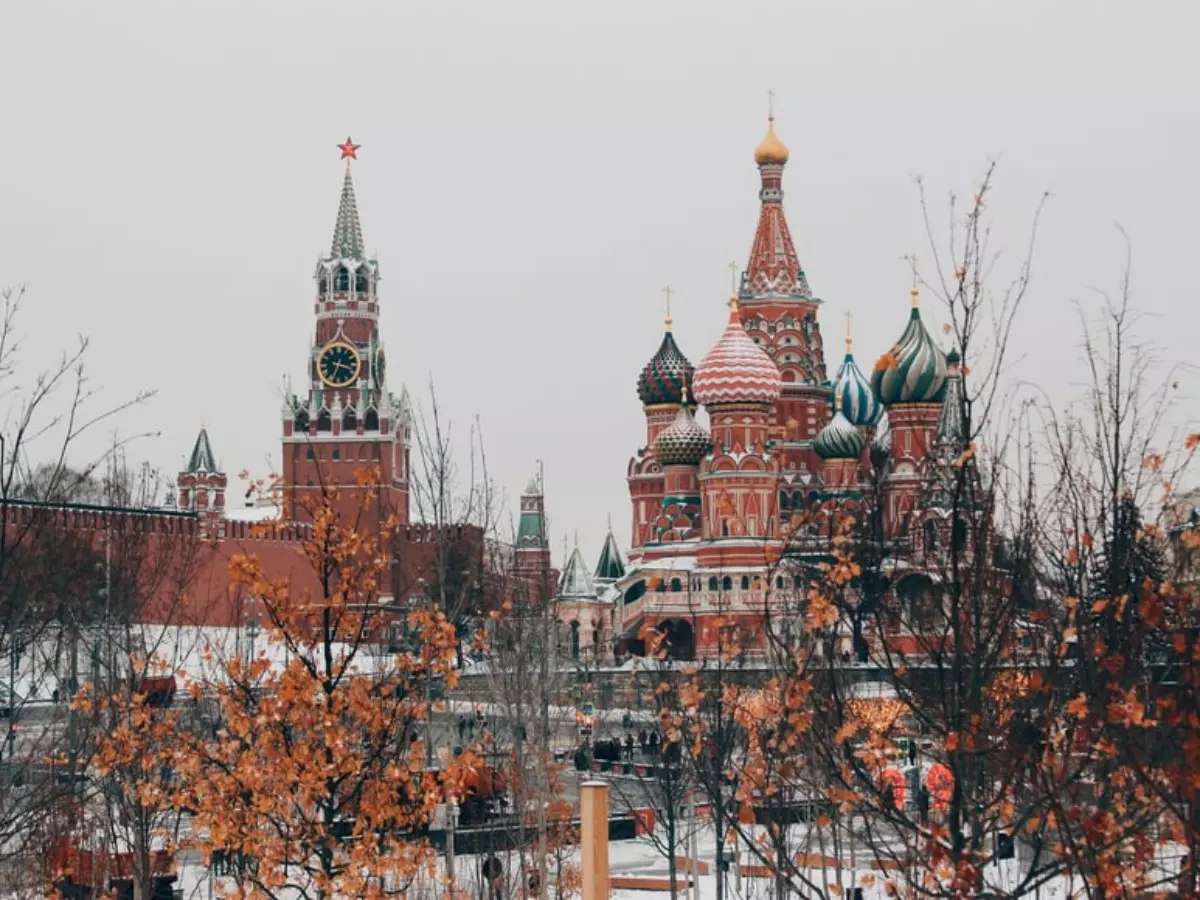The Moscow Kremlin: The Official Residence Of The Russian President
The Moscow Kremlin is the heart of Russia's capital and Europe's largest fortress. It is Moscow's main sightseeing attraction, as well as being an official residence of the President of Russia Vladimir Putin, although he doesn't actually live there.

The Moscow Kremlin is the heart of Russia's capital and Europe's largest fortress. It is Moscow's main sightseeing attraction, as well as being an official residence of the President of Russia Vladimir Putin, although he doesn't actually live there.
The Moscow Kremlin is a fortified complex in the center of the city made up of more than 15 buildings, 20 towers, and more than 1.5 miles of walls that are up to 21 feet thick.
What was the Moscow Kremlin used for?
 The Kremlin of Moscow | Unsplash
The Kremlin of Moscow | Unsplash
In the 13th century, the Kremlin was the official residence of supreme power - the center of the temporal and spiritual life of the state. The Kremlin of the late 15th ¨C early 16th century is one of the major fortifications of Europe. Since 1991, it's been the official residence of Russia's president.
ALSO READ: Russia-Ukraine Crisis: Military Capabilities Of Russia and Ukraine
Why is Moscow called Kremlin?
The Kremlin overlooks the Moskva River to the south, Saint Basil's Cathedral and Red Square to the east, and the Alexander Garden to the west. The name "Kremlin" means "fortress inside a city", and is often also used metonymically to refer to the government of the Russian Federation.
About the Moscow Kremlin
 The Kremlin of Moscow | Unsplash
The Kremlin of Moscow | Unsplash
The first Kremlin fortress was built in Moscow in the 12th century, not long after the founding of Moscow itself (1147). The original fortress was composed of tall, wooden fencing. Its purpose was to protect the city from enemy attacks. This wooden Kremlin burnt down during attacks by Tatar-Mongol forces.
By the 14th century, the Moscow Kremlin had been rebuilt in white stone. As well as numerous Ducal residences, its walls encompassed several monasteries, convents, and cathedrals.
The Kremlin suffered extensive damage after Moscow was briefly overrun by Napoleon in 1812. The French Emperor ordered the demolition of numerous buildings and historic landmarks.
ALSO READ: 11 Less Known Facts You Didn't Know About Ukraine, The Heart Of Europe
 The Kremlin of Moscow | Unsplash
The Kremlin of Moscow | Unsplash
Moscow regained the title of capital during the Soviet period and the Kremlin once again became the residence of Russia's rulers. The Soviet period saw extensive rebuilding in the Kremlin, and many cathedrals and monasteries within the Kremlin were demolished wholesale, to clear the way for the triumphal architecture of the new regime.
Interesting facts about Moscow¡¯s Kremlin
1. In 1955, the Kremlin which had always had the status of a military fortress ¨C was partially opened to the public, and was reclassified as a State Open-Air Museum.
2. In 1990, the Kremlin was listed by UNESCO as a monument of world cultural heritage.
3. The complex spans about 68 acres and includes at least 15 buildings, 20 towers, and gardens. Whereas the US president lives in the White House, the president of Russia doesn't live at the Kremlin.
4. The Kremlin is home to the world¡¯s largest bell, the Tsar Bell, which has never rung as it was unfortunately broken in construction. It¡¯s also home to the largest cannon.
5. Two of the Kremlin's twenty towers were never given official names, and are known as 'Nameless 1' and 'Nameless 2'.
 The Kremlin of Moscow | Stock Image
The Kremlin of Moscow | Stock Image
Defining Kremlin history and its architecture cannot fit into one single article as every part of it require exploration in detail as they have their own history and story. But it would be enough to say that when you visit The Kremlin, you would experience some wonderful historical sites within the walls of the Kremlin.
Yesterday, Russian President Vladimir Putin has sparked one of the biggest security crises in Europe since World War II by invading Ukraine, with barrages of missiles and artillery accompanying troops as they entered the country from multiple directions.
For more interesting stories, click here.